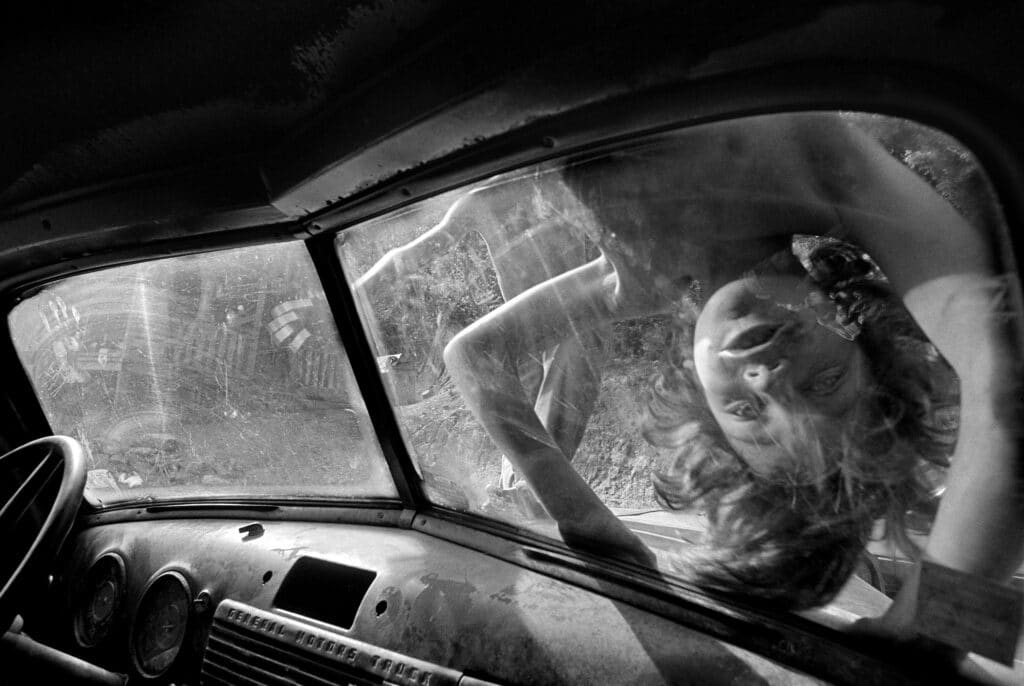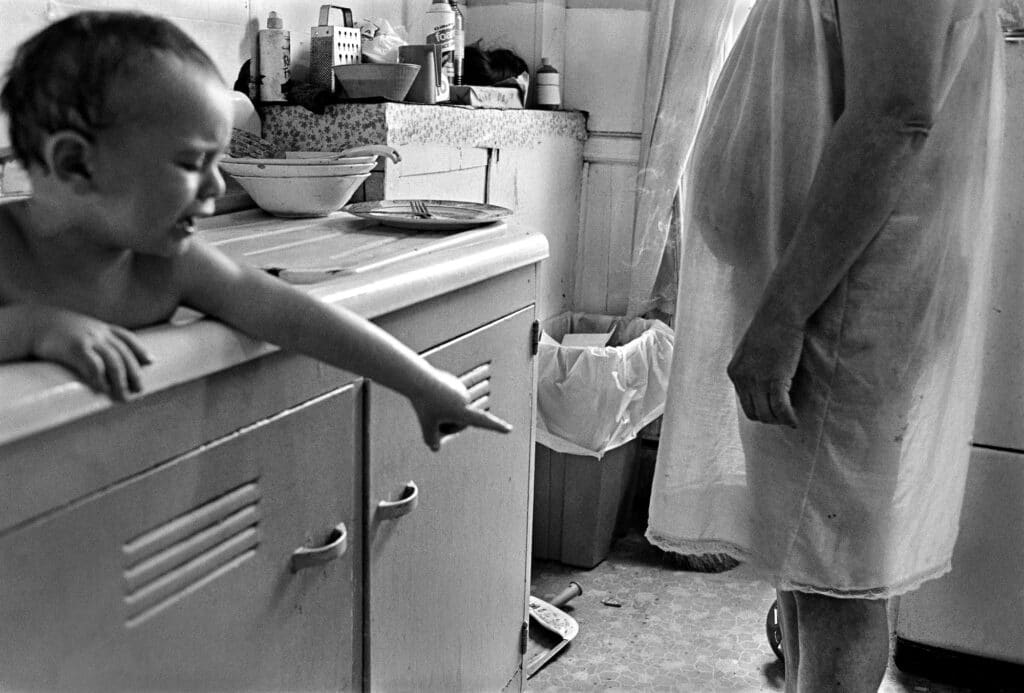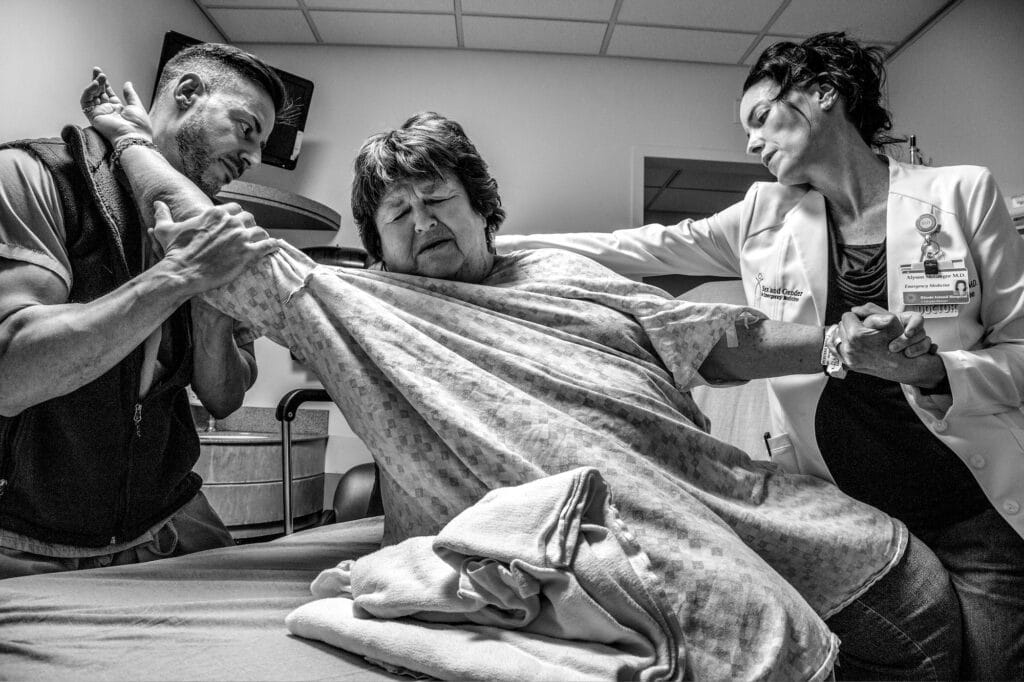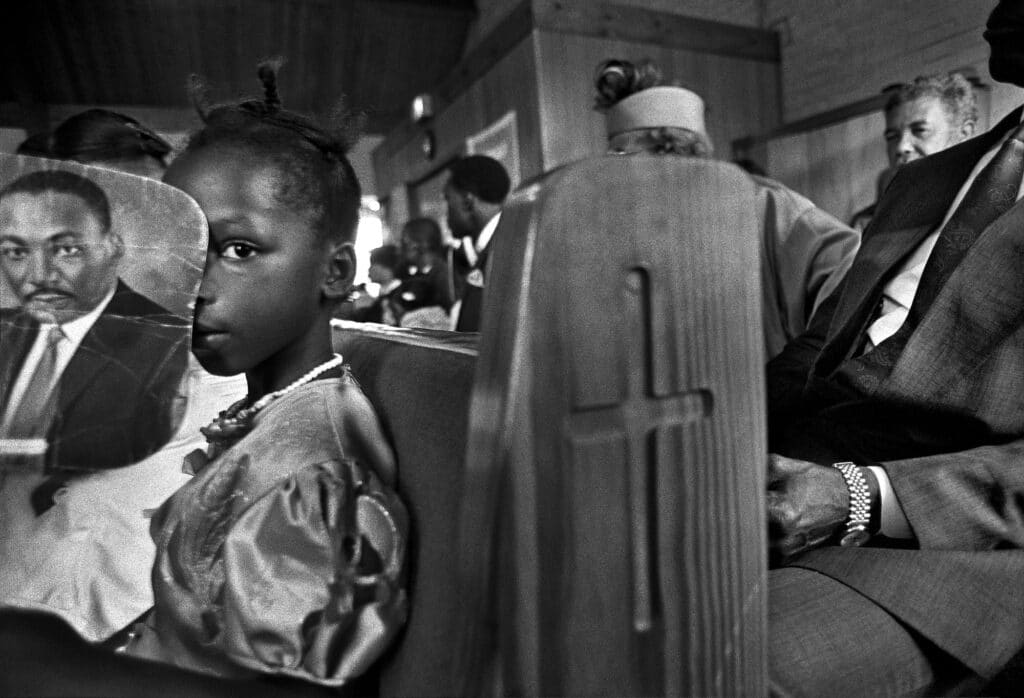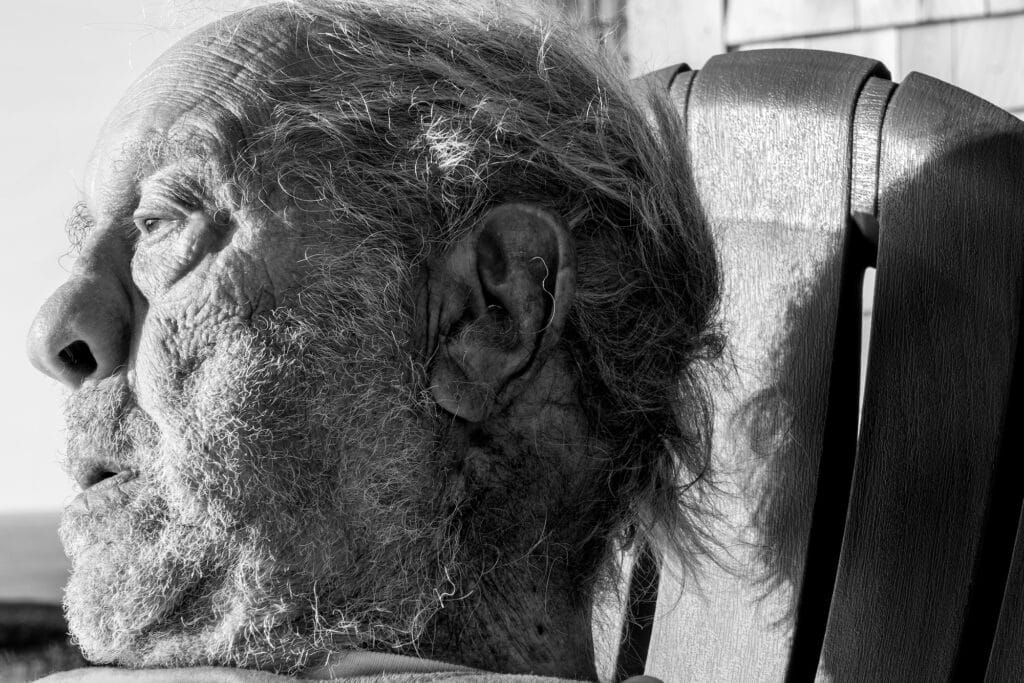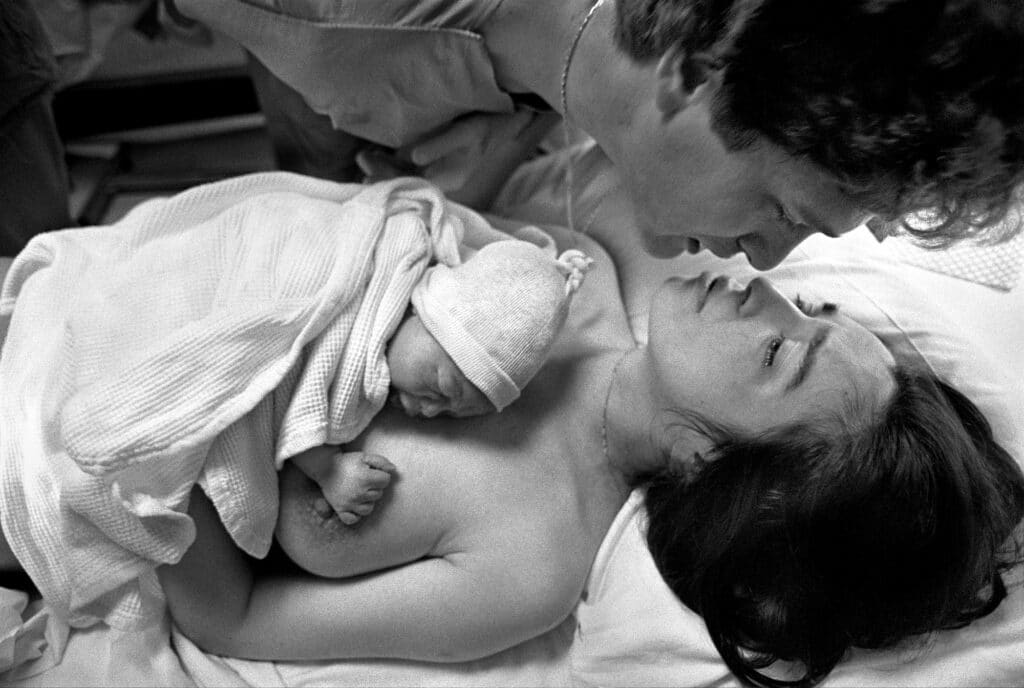Eugene Richards’s first job was as a social worker. That was when he started taking portraits of life’s castaways, of those forgotten, of those we avoid looking at. Born in 1944 in Dorchester, Mass., the photographer has always offered glimpses of humanity with great kindness and empathy.
A former member of the Magnum agency and once a protester against the war in Vietnam, for over fifty years Richards has consistently put a human face to suffering, be it related to drugs, prostitution, disease, or poverty… The framing and the compassionate distance make his images unique, and make Richards one of the great social photographers of our time.
Affected as we all are by the Covid pandemic, Richards recently dove back into his files, sifting through his photos from the beginnings of his career up to the most recent to bring to light previously unpublished pieces. Since his first book, Dorchester Days, a 1978 study of his hometown, the photographer has published nearly twenty books. In This Brief Life is unique in that it is less a documentary book than an intimate, emotional approach to his work.
To publish this book of memories, the photographer has launched a fundraising campaign on Kickstarter. If the amount reaches $60,000, a portion of the print run will be donated to schools, cultural centers, and libraries.
Eugene Richards speaks to Blind about this unsual memoir and his take on half a century of documentary photography.
What made you decide to delve into fifty years of archives? What was the role of your son Sam?
I’d got through a bout of covid, was growing increasingly concerned about America’s divisions, involvements in wars, as most of us were. But then came the realization that, due to age and the nature of what I do, there are few opportunities for journalistic work. Plus – and this is not a minor factor – there was more and more questioning about who has the right to do stories other than themselves and who doesn’t. I guess that’s referred to as an element of cancel culture.
That’s where Sam stepped in. He suggested that we put work up on instagram or facebook. I was very reluctant, then began searching through my 50 years of contact books for pictures that I’d overlooked, forgotten, deemed inappropriate for stories I was working on, or hadn’t liked years earlier. But, it wasn’t Sam who convinced me to do a book. What really got me going, ironically, is the kind responses from people on social media. People began asking if I was ever going to collect this work, and so the idea of a book was born.
Today, to “exist”, is a photographer obliged to have a presence on social networks?
I’d like to think that the quality of work is paramount. But it has become clear, that as in contemporary politics, being seen is perhaps more important than what you’re saying. I still like to believe though that it’s the work that counts.
Why are you using crowdfunding?
Perhaps people aren’t aware that a whole lot of the books that I’ve done in recent years are self-published ones : The Day I was Born, Red Ball of a Sun Slipping Down, War is Personal… Exploding into Life, which addresses my wife Dorothea’s struggle with cancer, was co-published with Aperture in 1986. Co-publishing means coming up with some money.
So these days, it’s a little different. Visual book publishers rarely entertain a proposal that doesn’t come with funding. And I feel that if you’ve come up with funding, you shouldn’t have to compromise. For good or bad, the book that you do should be solely based on your ideas, while publishers most often have theirs.
Because of this, I was aware that self-publishing through crowdfunding was the only way. That what makes self-publishing possible here for me, is a supportive family, since books cost money, don’t make money.
What did immersing yourself in your archives feel like?
It felt pretty lousy at first, since I was more than afraid that I’d find nothing that I’d already found in my archives. I had to look again and again before I found isolated pictures, a good number at the end of the roll or just lost among the lousy ones.
As a « dinosaur of the profession » (your words), how do you see the evolution of photography?
As for the evolution of photography, I’m probably wrong in saying that this evolution is a reflection of our times. Where the truth of things is less valuable than the appearance of things. Where wealth is aspirational, and people without wealth less and less important.
What are the photos that touch you the most in this book?
This has been a tough book to do, since it’s been an expression, in some ways, of my life experiences, but also of my losses. There are so many people in the book that are gone now. And looking at the pictures, it’s hard to believe that they are gone. You tell yourself that you’re remembering them through their picture, but that’s pretty inadequate in the end.
Could you tell us the story behind these two very touching photos: “Robert Frank looking at the ocean” and “First child”?
I’d known Robert Frank off and on for forty years. And fortunately, got close to him towards the end of his life. Close to him means meeting him for a cup of coffee in his old house and looking out at the street as he once in a while reminisced. Finally, after being repeatedly invited to do so, we got up to his house in Nova Scotia. We wandered some beaches with his wife June, then I sat with him as I did with him back in New York, simply keeping company with each other.
“First Child” is a photograph that I made on assignment for LIFE magazine. I’d suggested a series of stories on American families, the first of which was to be a story on birth. But then it wasn’t so easy to do. Finally, with my wife Janine’s help, we were put in contact with a wife and husband in the Washington, D.C. area, never knowing how beautiful and wonderful they were. Remarkably shy at the beginning, Sarina and I somehow became friends, I’m thinking because I was someone she could confide her fears to without being criticized for them. And so I was there when the labor began and, later, when the child was born.
Is life is too brief?
Yes, seems there’s always more to do. Plus as you get older you increasingly recognize how rare and precious life and family is.
Kickstarter campaign for the book In This Brief Life by Eugene Richards until Wednesday, November 30
